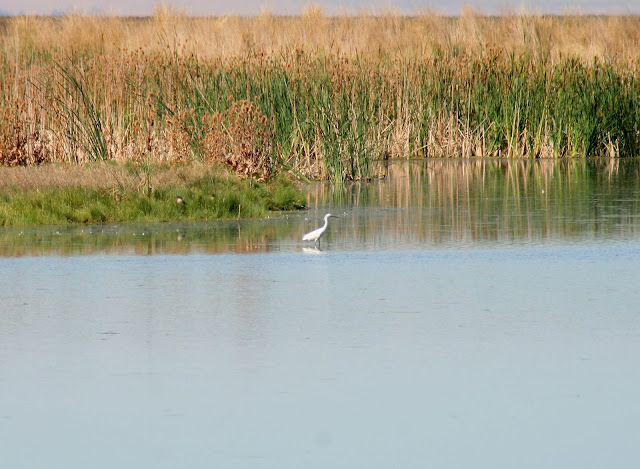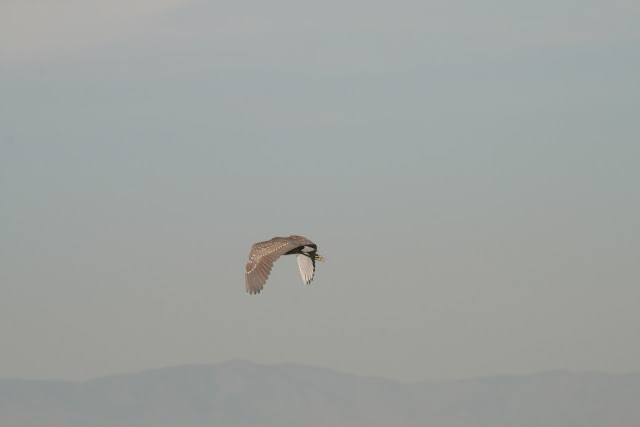 |
| American Avocets at the Causeway |
 |
| Ring-billed Gulls |
 |
| Ring-billed Gulls dining at the causeway. |
 |
| California Gull a Brine Fly feast |
 |
| Common Raven |
 |
| Western Meadowlark |
 |
| Bison were plentiful today |
 |
| This Coyote was kind enough to pose for me and stay close so I could get several pictures before he had had enough and took off. |
 |
| I saw several Coyotes today but only this one was close enough to photograph. |
 |
| Sunflowers and Rabbitbrush were beautiful |
 |
| Red-tailed Hawk just one of many I saw on the road to the ranch |
 |
| Another Red-tail |
 |
| This group of cows and calves took their sweet time crossing the road and I didn't rush them. |
 |
| I took this though my windshield |
 |
| White-crowned Sparrows were abundant over the whole island but I never did see the White-throated Sparrow |
 |
| Another shot of the Flammulated Owl |
 |
| Pronghorn Family |
 |
| Hermit Thrush were everywhere at the Ranch |
 |
| Pronghorn Doe |
 |
| Pronghorn and her sister wives |
 |
| Eared Grebes the one in the center still showing a lot of breeding plumage |
Here is a list of birds and more seen today
American Avocet
Black-necked Stilt
California Gull
Ring-billed Gull
Northern Shoveler
Eared Grebe
Brewer's Blackbird
Barn Swallow
Common Raven
Franklin's Gull
Western Meadow Lark
Loggerhead Shrike
Rock Wren
Black-billed Magpie
Burrowing Owl
Red-tailed Hawk
Wilson's Warbler
Cassin's Vireo
Ruby-crowned Kinglet
Song Sparrow
Spotted Towhee
Hermit Thrush
Northern Flicker
Oregon Dark-eyed Junco
Empid Flycatchers
Yellow-rumped Warbler
American Redstart
Western Sandpipers and other Peeps, I forgot my scope so today they were just peeps
Long-billed Curlew
California Quail
Other animals
Pronghorn
Bison
Coyote





























